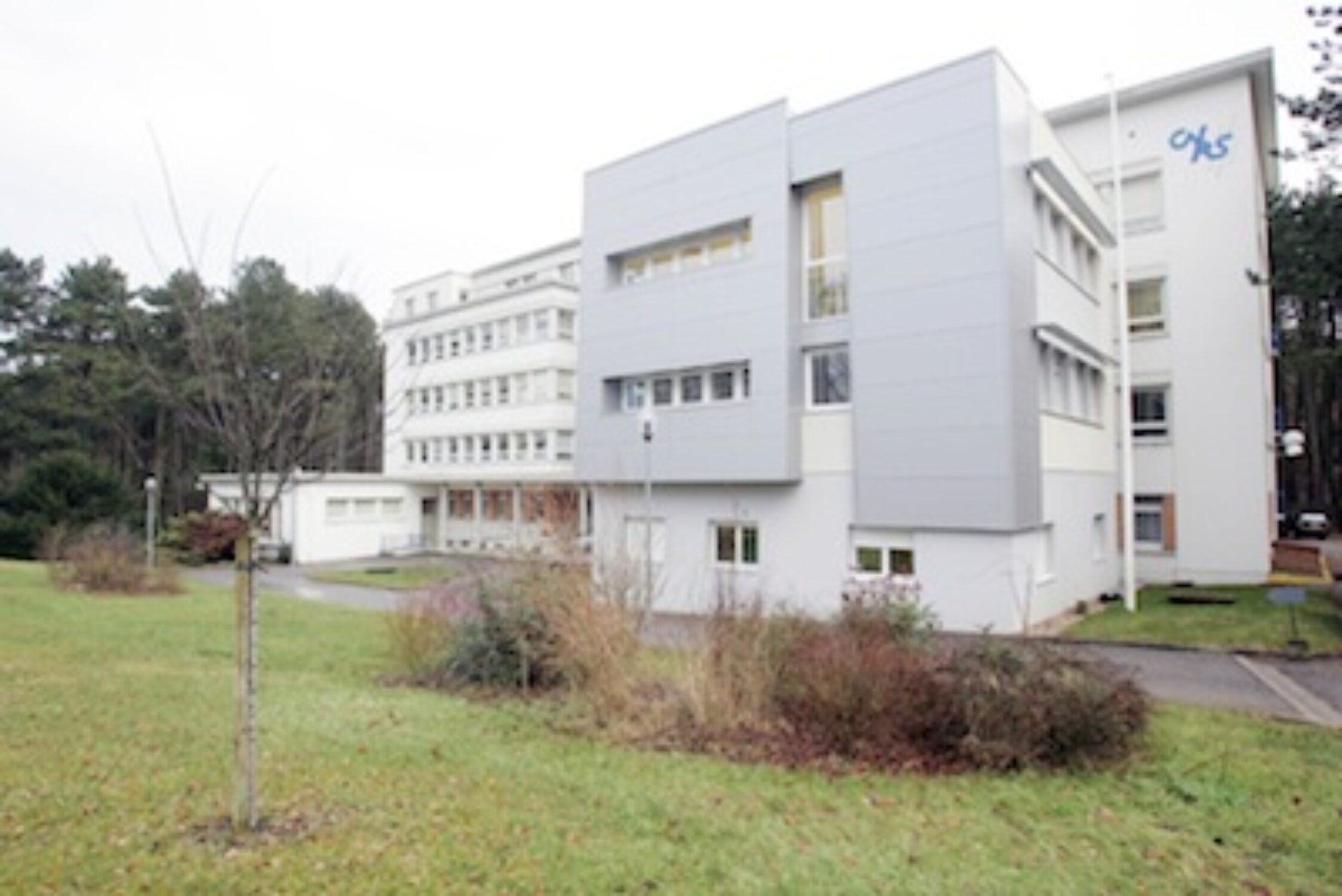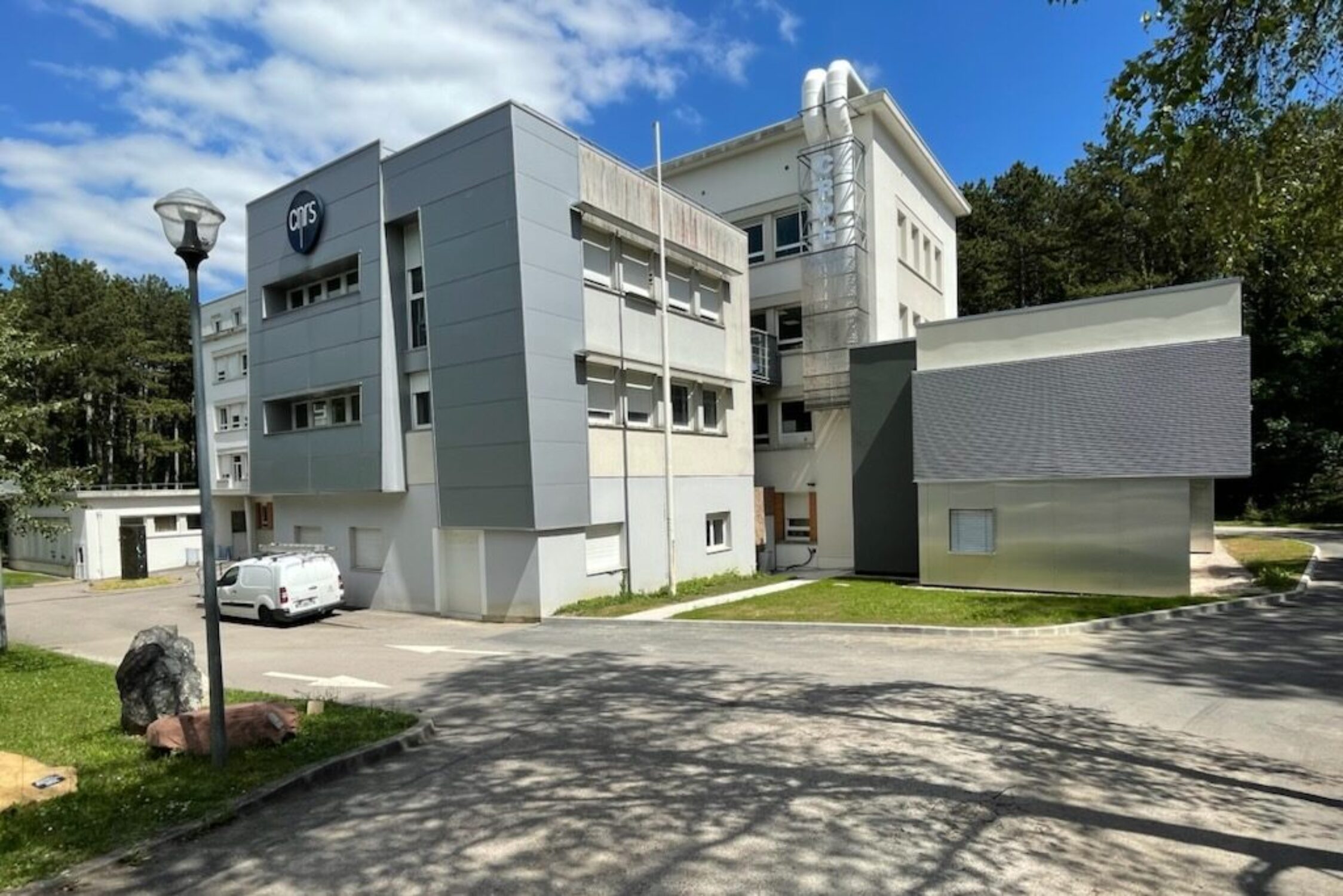The CRPG, a CNRS laboratory, was established by Marcel Roubault in 1953 in the halls of the School of Geology of the Université de Nancy. Thanks to the enthusiasm of the university, and as part of the wave of regional development initiated by the CNRS, the CRPG was installed in its own building (designed by the architect Jean Bourgon) in November 1961, at the same time as the School of Geology laboratories were being built just across the road.

The CRPG was founded on a very strong analytical infrastructure that, today, remains one of its novelties. Constructed during the golden age of geochemistry, the CRPG rapidly became a prominent centre for the chemical analyses of major and trace elements in rocks, with Kuppusami Govindaraju playing a key role.
During these early days of the laboratory, Hubert de la Roche began studying French metamorphic and granitic formations with Debon, Leterrier, Moine and Stussi. Bernard Poty, with Jacques Touret and Alain Weisbrod, established the study of geologic fluids, which has become another trademark of the CRPG. At the same time, geochronological research began with the pioneering works of Jean-Louis Zimmermann, which employed radiogenic isotopes.
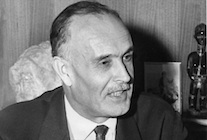
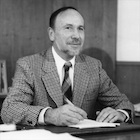
During the 1970s, the CRPG developed upon this framework. Experimental petrology took a prominent role and exotic and sustainable field sites became accessible with the pioneering works of Patrick Le Fort in the Himalaya. Jean-Laurent Mallet developed new geological and geochemical modelling methods at the origin of the Gocad group.
At the turn of the 1980s, prominent research on uranium geology led Bernard Poty and his team to create the Centre de Recherches sur la Géologie des Matières Premières Minérales et Energétiques (CREGU). Simon Sheppard, then Francis Albarède and Annie Michard, began developing stable and radiogenic isotopic geochemistry and diversifying geochemical research, particularly into the study of the mantle and global geochemical cycles. Structural geology progressed toward new horizons with the arrival of Anne-Marie Boullier, Jimmy Bertrand and Arnaud Pêcher, and petrology evolved under the impetus of Michel Pichavant, Pierre Barbey and Bill Brown.
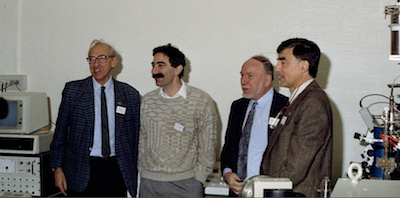
The 1990s saw the further growth of thematic and analytical breadth of the CRPG. Cosmochemistry, gemology, and surface and environmental processes became major themes. With the secondary ion mass spectrometers of Marc Chaussidon and Etienne Deloule, the CRPG put in place the second of INSU’s national services. Bernard Marty, then Raphaël Pik and Pete Burnard, developed rare gas analyses. Laurie Reisberg introduced us to the diversity of the osmium cycle. John Ludden put in place the first multi-collector inductively coupled plasma mass spectrometer. Guy Libourel expanded the applications of experimental petrology into areas as diverse as waste storage and the formation of meteorites.
The 2000s then marked the arrival of a new generation of researchers, engineers, technicians, and assistant engineers who reshaped the future of the CRPG. In 2011, more than half of the CRPG had been born after 1970.
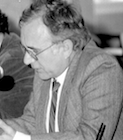




This brief history of the CRPG would be incomplete without emphasising the major role of the collegiate environment in Nancy. Marcel Roubault assembled an extremely complete ensemble marrying teaching and research. With time and restructuring within the university, its constituents have developed greatly, sometimes down independent roads. Today, this group represents the most important French geoscience education program.
The Institut Lorrain des Géosciences (ILG, founded in the late 1980s by Cases, Poty and Sheppard) organised the research laboratories to give them an indispensable regional and national cohesion. Under John Ludden, the ILG later evolved into the Fédération de Recherche Eau Sol Terre, reuniting geology and soil science laboratories.
Finally, in 2010, Jean-Marc Montel and Frédéric Villieras reassembled the research and teaching constituents as an Observatory of the Sciences of the Universe: the Observatoire Terre et Environnement de Lorraine (OTELo). This system now brings together more than 400 people and, in 2011, represented one of the most important branches of the Université de Lorraine.
Since 2013, the CRPG has become a joint unit of the Université de Lorraine and the CNRS. This transformation has fortified the strong links built over the years between the CRPG, the Institut National Polytechnique de Lorraine and the Université Henri Poincaré.
